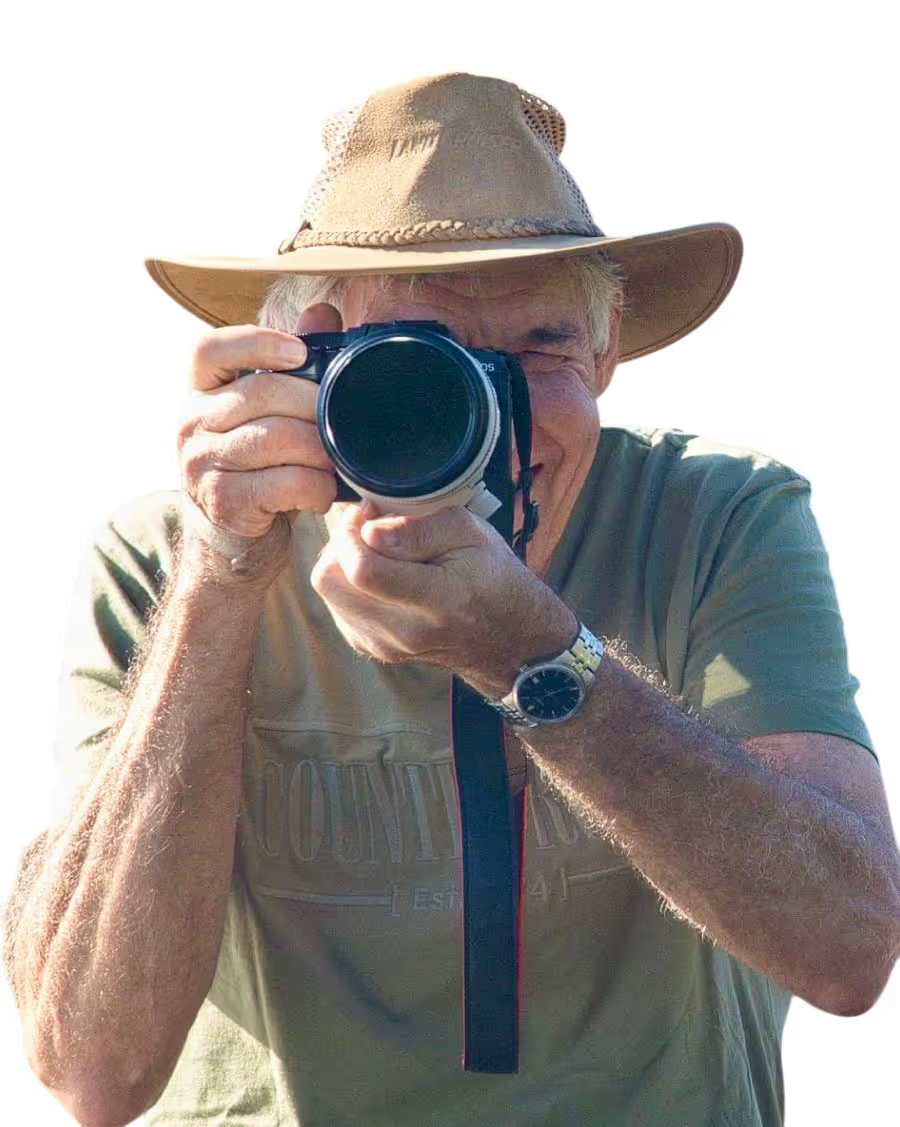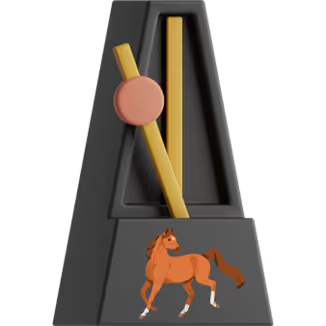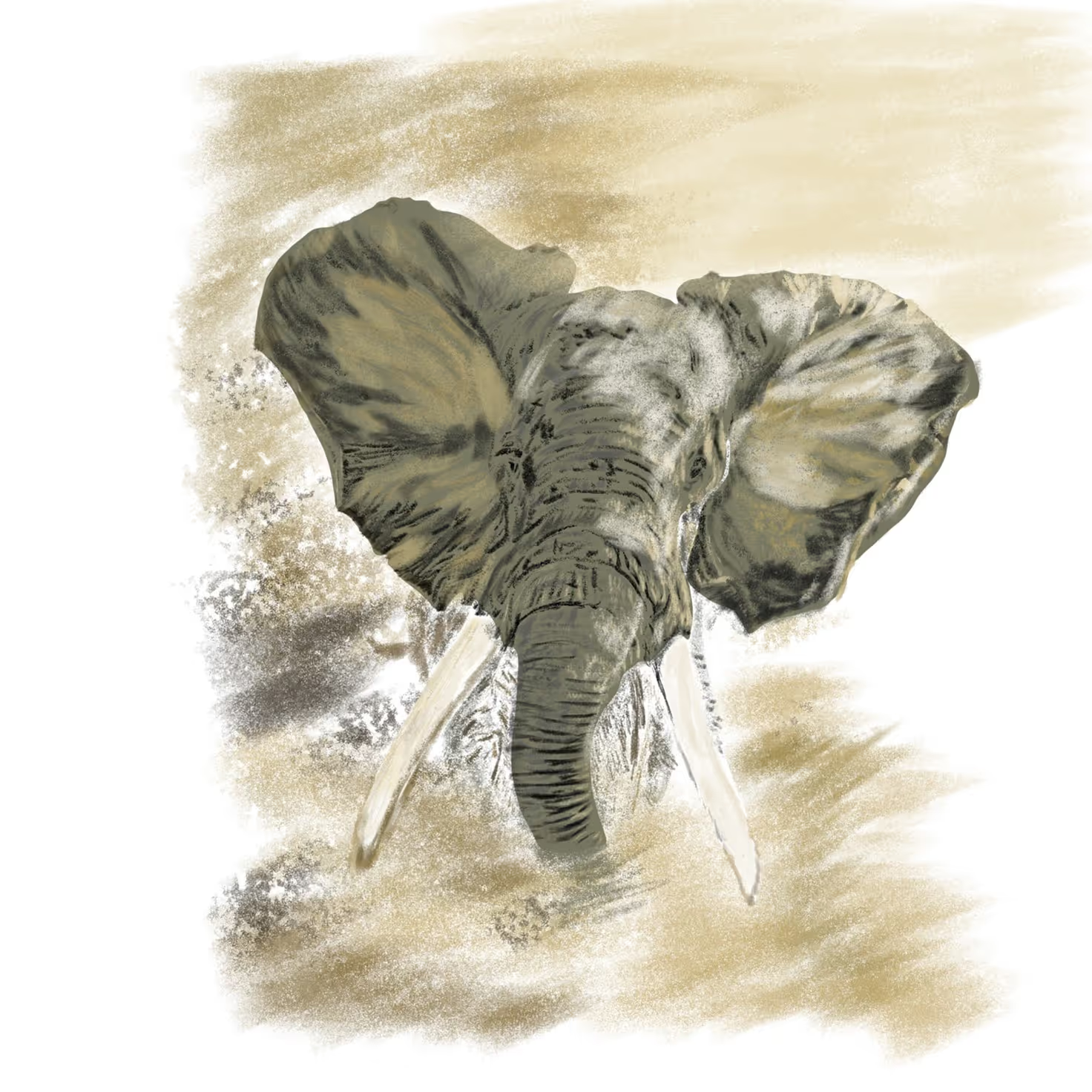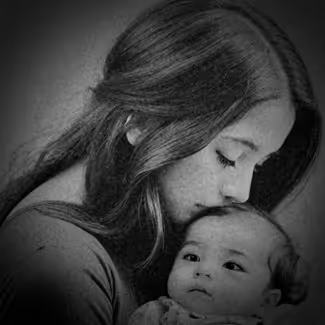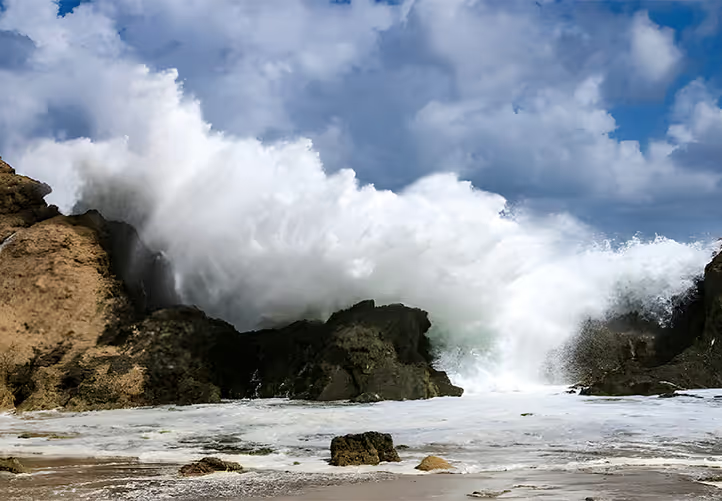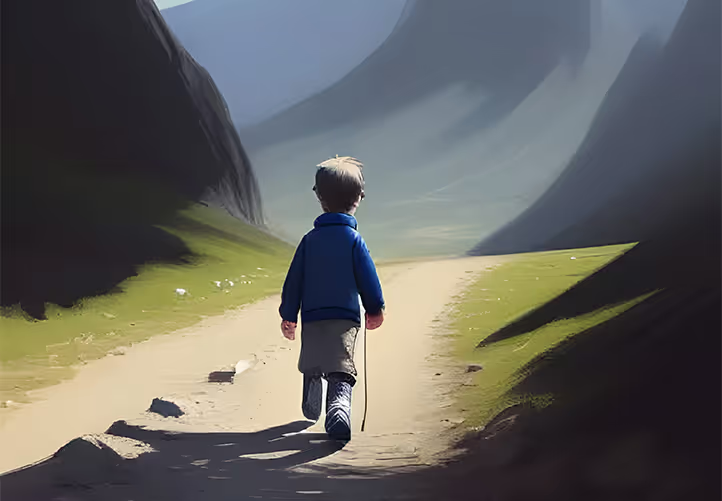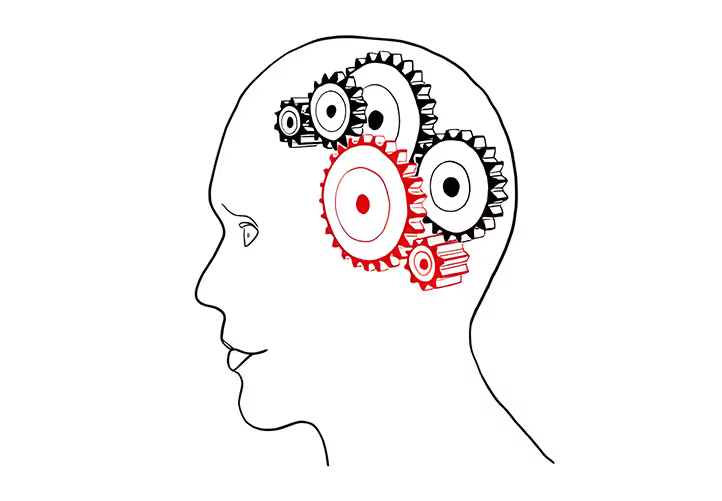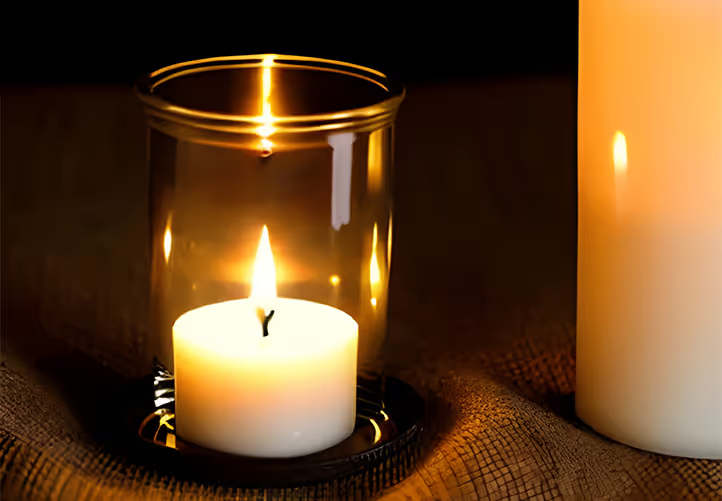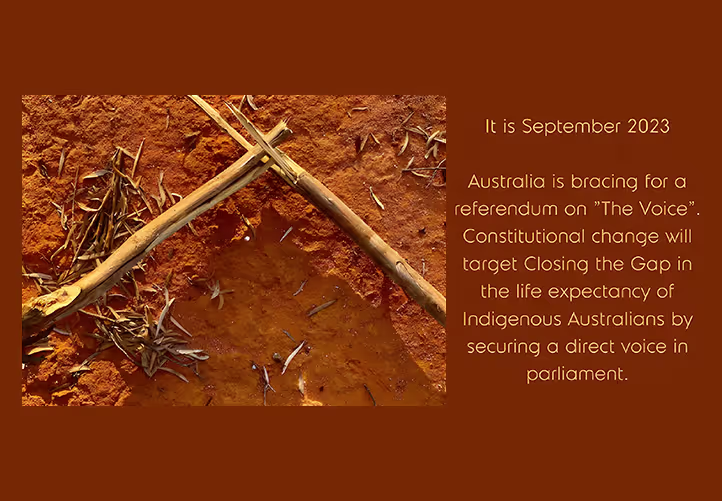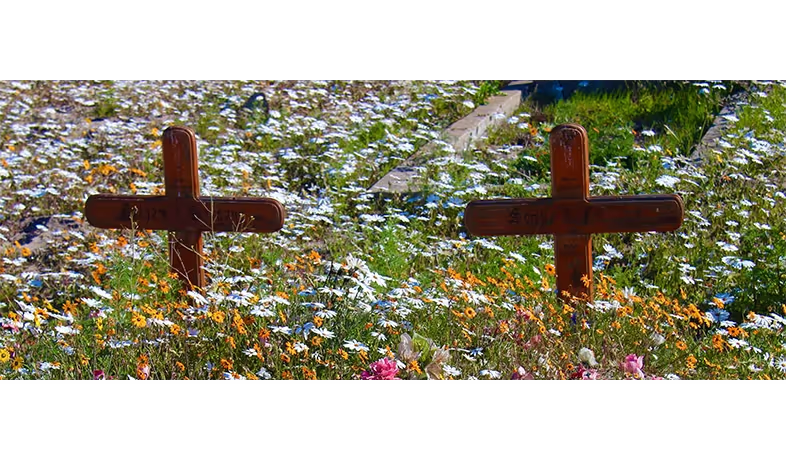Welcome to Dr Gabriël's Afro-Australian Storybook!
Dear Reader, Friend, or Curious Soul
Step into From a Distance, the next series of storytelling after the beloved Campfire Stories. Continue the journey from Africa’s ancient volcanic landscapes to Australia’s vast shores through tales from nature and stories about people, culture and medicine. This blog previews a three-book project, with names and places changed to protect privacy, but stories rooted in truth.
What to Expect
Stories that explore from a distance but also discover on an intimate and personal level. We question what we see and feel and explore new perspectives.
New Stories: Published every first Friday of the month at 6 AM local time.
Audio Tracks: Available to stream on Spotify or listen directly on the story page.
Afro-Australian Art: Visuals that bring people, nature and stories to life.
Complimentary Access: Dive in at no cost! Support the journey with a coffee donation.
Curated Ads: Explore travel, culture, and more through select ads.
Join the Community
Your impressions and your voice are essential!
Leave comments and opinions, rate, and share your favourite stories.
Sign up for updates and invite a friend to join the journey through email, WhatsApp, or X.
Ready to explore? Dive into the first story or browse the archive! Make sure to check out “Ubaba” and “Death and Dying”!
Subscribe to the Journey!
Don’t miss a single story! Sign up for our monthly story, exclusive snippets, and Afro-Australian art delivered straight to your inbox. Enter your email and start exploring!


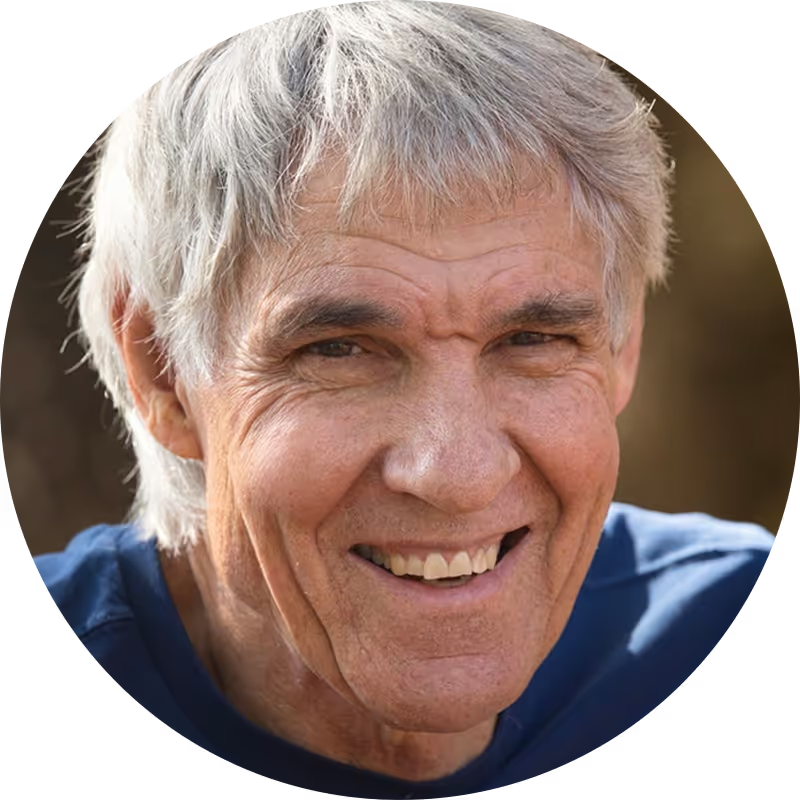
Meet Dr Gabriël Roux
Dr. Gabriël and his five brothers grew up in the isolation of the vast African bushland of the Pilanesberg volcano. The earth's oldest recognisable caldera is more than a billion years old, 25km in diameter and offers unique rock formations, minerals, and diverse ecosystems. It witnessed the development of all life on this planet beyond blue-green algae, offers its unspoilt version of the geological history of our planet, and holds the wild heart of Africa in its round embrace. At Saulspoort (Saul's Gate) on the slopes of the Eastern corridor into the caldera, his mother and father worked in the Hospital of the Bakgatla, a tribe of the Twana people that scattered on the plains to the east and north of the volcano. Over nearly 40 years, they built the 22-bed hospital into a state-of-the-art rural referral hospital with 750 beds. When the Church sponsored the development in the early years, the facility operated kibbutz-like, with cattle, abattoir, dairy, and crops supporting the healthcare precinct. This unique approach to healthcare management provided a self-sustaining model for the hospital.
Many stories originated in this cradle of earth and the raw humanity that sprung from it. It then follows the African landscape and later crosses the Indian Ocean to the lonely continent of Australia, bogged in the Southern Seas.

